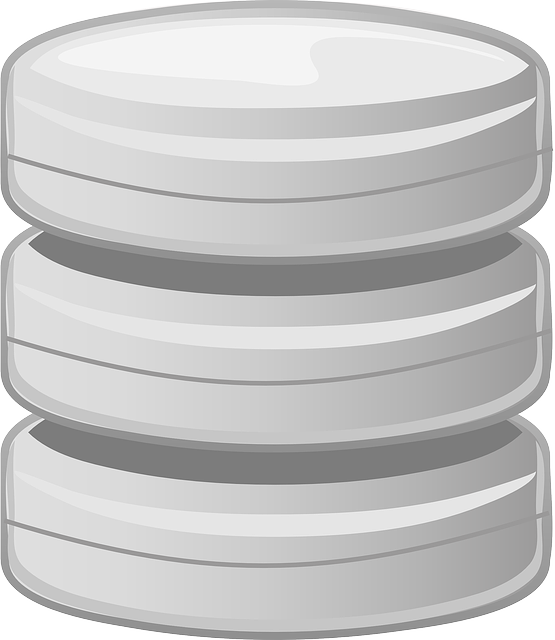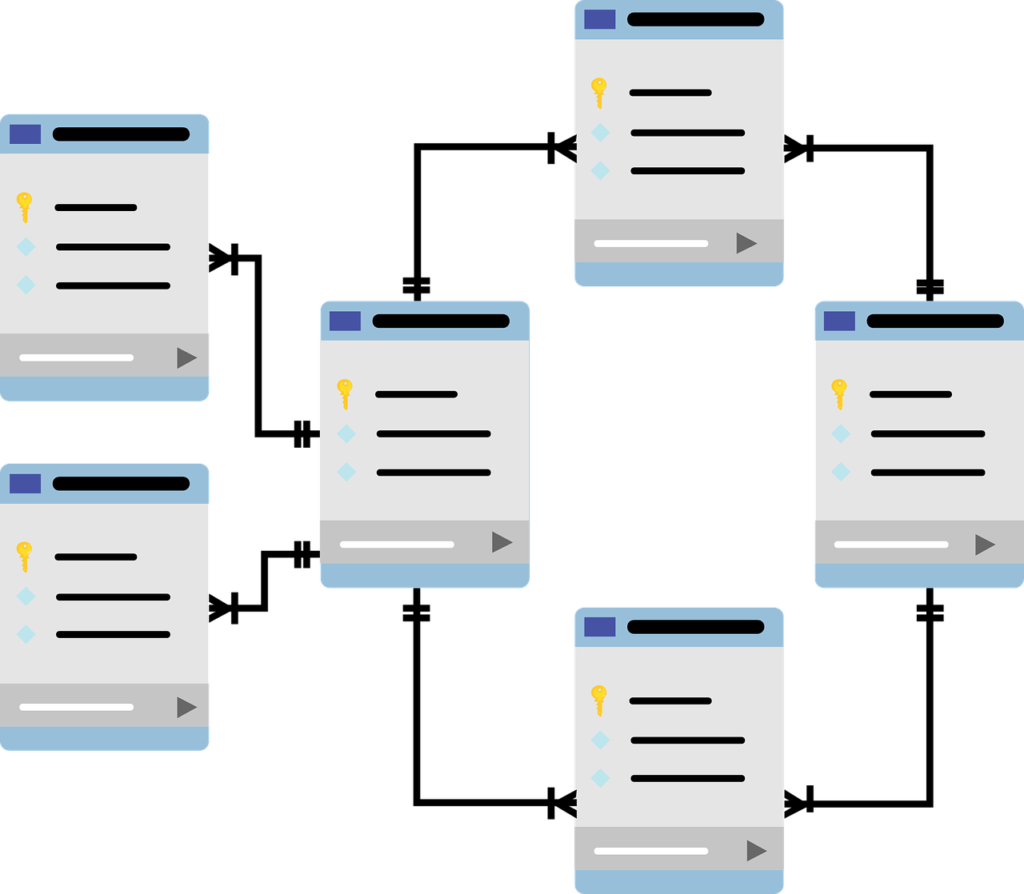Machine learning and data science is taking center stage in enterprises and organizations of all sizes. Yet, making data science operational within an organization is no mean feat. Traditional databases are unable to handle the load and complexity of data science tasks. Instead, organizations need a new kind of database. Vector databases are proving to be just the solution. In this post, we look at what vector databases are, what needs they solve, and some unique characteristics of a great vector database.
Large companies like Amazon and Google are built on the maturity of their database services. They can query large volumes of data and glean meaning out of what would otherwise be chaos to a traditional relational database.
Today, the data wars are being fought by companies that have large volumes of structured data but limited access to real-time data. Despite the fact that companies are increasingly buying and deploying data analytics platforms like BigQuery, Hadoop, and Spark, there are still businesses, especially those in financial services, media and telecommunications sectors that cannot get access to and process the amount of data they need. This means these businesses are unable to stay ahead of the game and stay competitive.
Data science teams in large companies are slow and often short-staffed. The organization’s data needs are sky high, and the data science teams are always playing catch up. Even if they build something to meet the organization’s needs, it gets outdated the day it is released as the organization’s needs are always changing. The team cannot maintain and update the project to keep it aligned with the organization’s goals. Large organizations need something nimble and agile.
Startups and SMBs do not have the budget or resources to support an in-house data science team. They prefer to offload tasks to tools rather than people, as the mantra is to keep a small workforce without any bloat.
There is a clear need for modern data services that can level the playing field between the startup and the enterprise, and cater equally to both types of organizations. Enter, vector databases.
What is a vector database?

A vector database views data as a set of interconnected vectors. You can think of these vectors as a map or a representation of the data. What makes vectors so powerful is that they are multi-dimensional and can add numerous layers on top of each data point resulting in a rich dataset.
Big Data is typically high volume, very complex, and unstructured, which makes it difficult to analyze. It becomes even harder when you throw in the aspect of real-time. This is where vector databases excel as they can analyze large-scale data analysis and do it in real-time.
Vector databases vs. traditional databases
While traditional databases have a strict structure and logical way of storing data, storing data in vector data types can be a little less structured. In a traditional database, we have one row per table. The only difference is the column – a single row is grouped with others and contains information about only that one data point.
When a customer buys a bike, the bike might be mentioned in two columns, one for the model and the other for the color. In a traditional database, we would have to write a model that would process only one dataset and ignore the other. As a result, when the user looks up bike information for a specific color, the model would return results only if the color matches the query exactly. In reality, the bike could be of a mix of multiple colors, but a traditional database would find it difficult to retrieve a mix of colors or colors similar to another color. With vector databases, we can process multiple data points and their context.
The advantage of vector databases is that they are designed for both search and data mining, so they are suited for virtually all types of business use-cases. Search involves simply querying data in the same way that traditional relational databases do. In addition, vector databases support more complex search capabilities and deliver lower latency query times. Furthermore, vector databases can perform algorithmic transformations on data, a complex task to carry out by itself in traditional databases.
Use cases for a vector database
The primary use of a vector database is to process unstructured data to find something meaningful and usable. This data can be text, image, or any other data types. A vector database excels with semantic search. Unlike a traditional database that will retrieve only results that are an exact match, a vector database can return results similar to or “neighbors” of a vector data object.
Beyond analyzing and finding data, vector databases are also useful when you need to make changes to a dataset at scale. For example, if you’d like to de-duplicate a list or run a single command and automatically categorize all items in the list — this is possible with a vector database.
Vector databases are great for recommendation engines, product search, content search, categorization of items, and even threat and fraud detection.
Weaviate’s out-of-the-box modules
One product that is innovating in this space is Weaviate. While the core product of Weaviate is a vector database, it goes the extra mile to help you vectorize any data you need to analyze. Weaviate includes several out-of-the-box modules to vectorize data such as text or images. For example, one of its modules, text2vec-contextionary, which is based on the fastText library and is further customized by Weaviate, is able to store data with 300 different vector points. This means each data point can have up to 300 dimensions to it. This is a wealth of contextual data, and the possibilities are endless. You can mine this richly contextual data in numerous ways and find hidden connections that other databases would never be able to find. The biggest advantage of such a module is that you need not train your data. The module makes your data analysis-ready.
On the other hand, if you already have data that is trained and unique to your use case, you can also bring that data to Weaviate. All you’ll need to do is enable the transformer module from within Weaviate and you can start gleaning insight from your trained data.
Schemas to classify data

There are a few options to organize your data before running any machine learning models on it. Some ways are to use taxonomies, ontologies, and schemas. Weaviate uses schemas, which are flexible enough to support other methods like taxonomies. A schema can be as simple as a document title and content or as complex as having classes, properties, and data types.
Vector databases: Easy lift for a heavy load
Vector databases provide a new level of speed, accuracy, flexibility, and agility, with a focus on data integrity and completeness. This combination seems almost too good to be true. Anyone who has wrangled with traditional relational databases, NoSQL databases, or even Elasticsearch knows the various challenges each of them faces when analyzing unstructured data. Vector databases are a worthy replacement for many of these databases. They can not only lift the heavy load of analyzing unstructured data in real-time, but they can also scale easily thanks to the power of vectors.
Featured image: Pixabay



